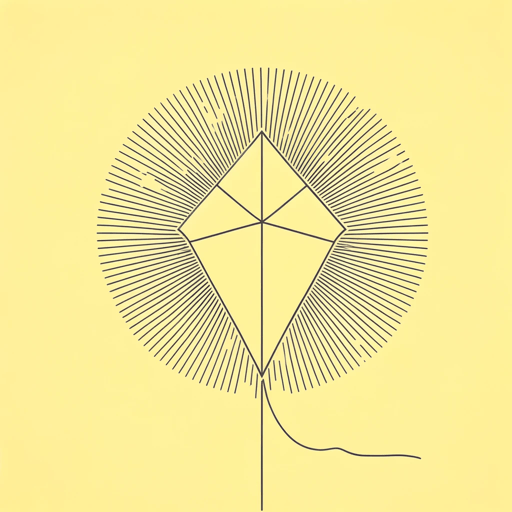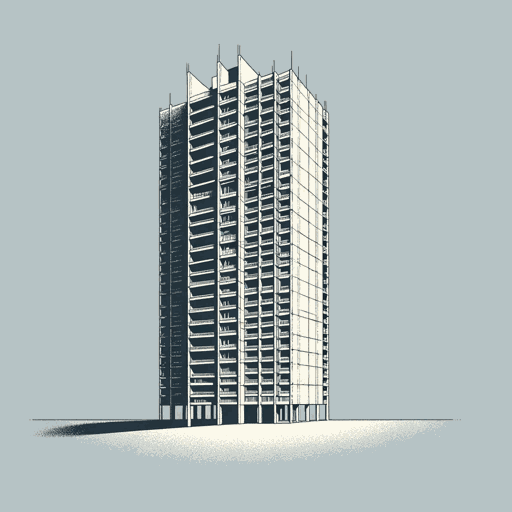43 pages • 1 hour read
J. G. BallardEmpire of the Sun
Fiction | Novel | Adult | Published in 1984A modern alternative to SparkNotes and CliffsNotes, SuperSummary offers high-quality Study Guides with detailed chapter summaries and analysis of major themes, characters, and more.
Symbols & Motifs
Ruins of Bodies and Machines
Jim is fascinated by ruins. One of his favorite places to go at the novel’s start is the abandoned aerodrome at Hungjao, “a place of magic for Jim where the air ran with dreams and excitement” (19). This airfield, once used by the Chinese air force to attack the invading Japanese, is itself a ruin. But it also contains other ruins. Notably, there is a crashed Japanese fighter plane, “a cave of rusting metal” (20) which Jim sits in, imagining himself to be a pilot. Similarly, “Jim always longed to climb aboard the freighters and explore their drowned cabins, a world of forgotten voyages overgrown by grottoes of rust” (27). He is attracted by the ruins of ships on the Whangpoo river. He even prioritizes getting to a disused freighter above safety, his hunger, and finding his parents.
On one level, this fascination reflects a boy’s natural curiosity toward the unknown. Ruins and abandoned ships or airfields provide the mystique of exciting past events and a fertile playground for the body and imagination. On another level, these ruins emphasize Ballard’s interest in decay. They symbolize the liminal spaces between life and death, seen many times during the novel, which subvert ordinary notions of presence and absence and the strict boundaries between them.
Related Titles
By J. G. Ballard




